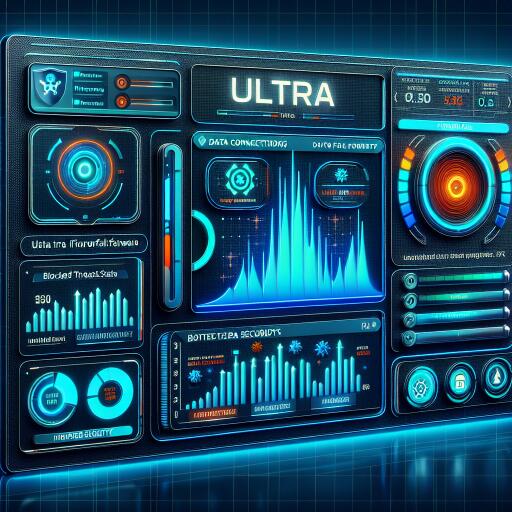Firewall: Ultra – A Step Forward in VR Tactical Shooters?
The virtual reality space has been ignited once again with the release of Firewall: Ultra by First Contact Entertainment, under the publication wing of SIE. This sequel to the much-acclaimed Firewall: Zero Hour has landed on the new PSVR2 platform with a significant weight of expectation. Its predecessor not only set a high benchmark for visual fidelity and realism in VR shooters but also harmonized the thrilling dynamics of squad-based tactical gameplay. The question at the forefront of everyone’s mind is: Can Firewall: Ultra not only meet but surpass these established standards?
Entering the Arena of Virtual Reality
In terms of gameplay engagement, Firewall: Ultra offers an immersive leap forward. The thrill of taking cover, coordinating with teammates through voice or gestures, and the increased fidelity of actions like closing your eyes to counteract the disorientation of flash grenades are testament to the game’s commitment to realism. However, certain mechanics, such as the automatic reloading system, detract from this immersion. The lack of manual intervention in reloading adds a jarring note to the otherwise fluid experience, especially when the animation lacks detail.
Aiming mechanics also present a mixed bag. Players must navigate the challenge of recoil and the somewhat cumbersome method of aiming by holding the L2 button and physically moving their head. This can lead to frustration, particularly when up against enemies who seem less encumbered by these mechanics.
The game’s integration of eye tracking technology for actions such as grenade throwing sparks debate. While innovative, the execution feels more like a departure from the immersive hands-on approach expected in VR titles. Instead of harnessing physical movements, players select grenades from a menu and direct their throws with eye movements, an interesting concept that ultimately feels less engaging.
Evolving Gameplay and Strategic Depth
Despite its blemishes, Firewall: Ultra shines in several aspects. The introduction of Exfil, a new PvE mode, stands out as a highlight. Teaming up with three other players to hack laptops under the pressure of incoming enemy attacks delivers an adrenaline-fueled experience that brilliantly showcases the game’s tactical depth and cooperative gameplay.
The game’s arsenal, though criticized for its lack of variety, impresses with the unique characteristics and detailed haptic feedback of each weapon. The maps, a mix of remastered versions from Firewall: Zero Hour and brand-new creations, are crafted with attention to detail, fostering a diverse range of tactical approaches.
Matchmaking, a sore point in its predecessor, has seen improvements though issues persist. Initial long waits have been somewhat mitigated by subsequent patches, reflecting the developer’s commitment to refining the player experience.
Visuals and Overall Experience
In the realm of aesthetics, Firewall: Ultra sets a new standard for VR visuals. The game’s lighting, shadows, and overall graphical fidelity combine to create an experience that is as close to reality as current VR technology allows. This level of detail extends to the minutiae of the game’s world, further elevating the immersive experience.
While not a groundbreaking revolution akin to its forebear, Firewall: Ultra stands as a solid entry in the VR tactical shooter genre. The game shines brightest when played with friends, offering countless hours of engaging and strategic gameplay. The post-launch patches demonstrate a clear path towards improvement, correcting initial missteps, especially in matchmaking.
In conclusion, Firewall: Ultra may not redefine the VR landscape, but it reinforces the foundation laid by its predecessor with enhanced visuals, engaging gameplay mechanics, and an invigorating multiplayer experience. For fans of the genre and newcomers alike, it offers a compelling reason to don the VR headset and step into its meticulously crafted world.









